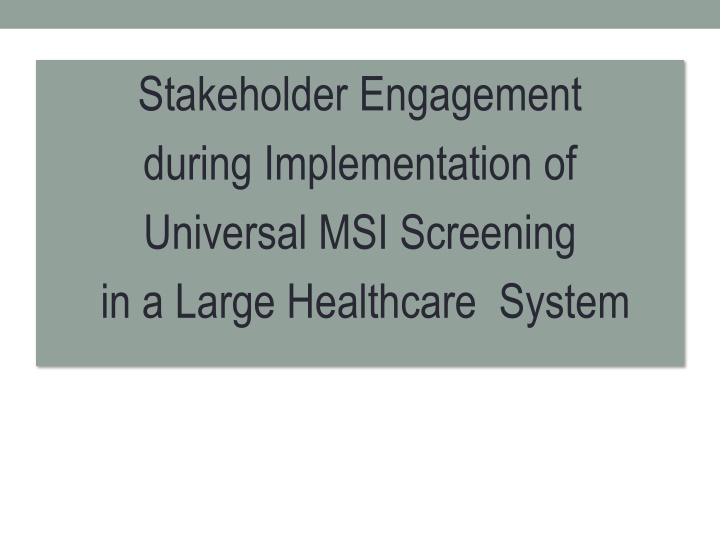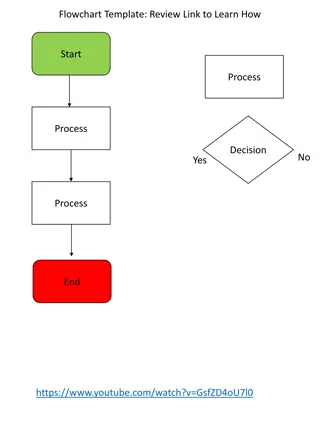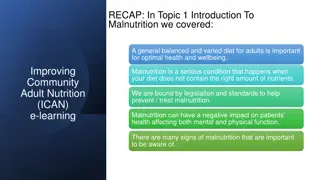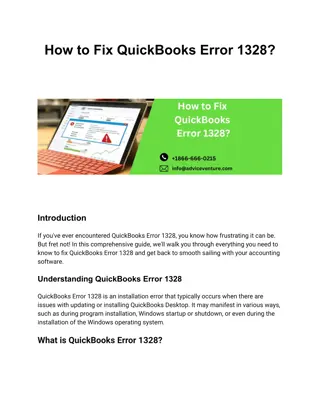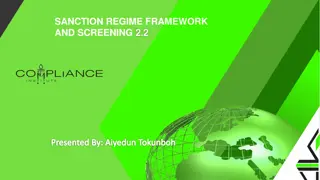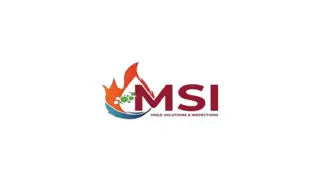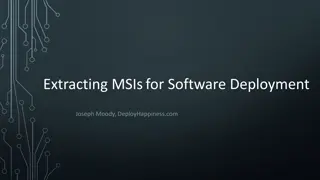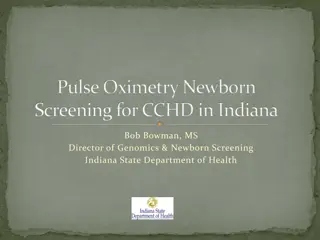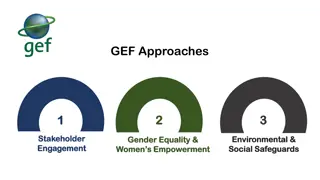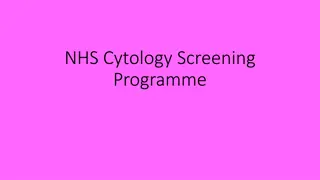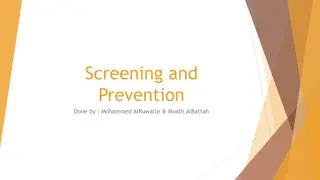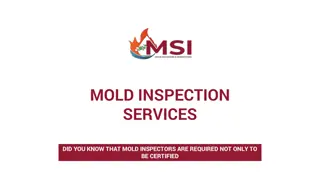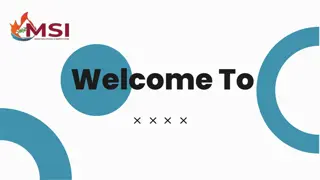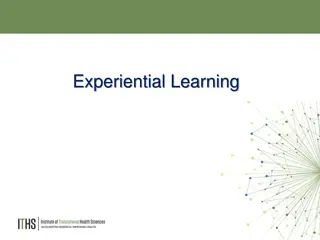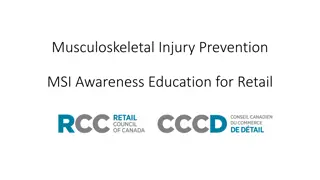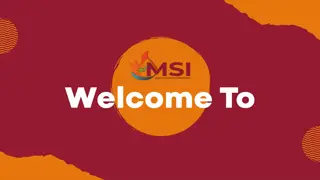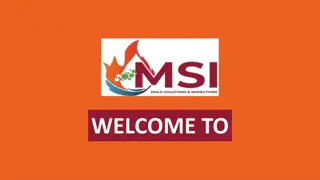Stakeholder Engagement in Universal MSI Screening Implementation
Stakeholder engagement is crucial during the implementation of universal MSI screening in a healthcare system. This involves setting clear objectives, identifying key stakeholders, developing an engagement plan, implementing the plan, evaluating effectiveness, and revising based on feedback.
Download Presentation

Please find below an Image/Link to download the presentation.
The content on the website is provided AS IS for your information and personal use only. It may not be sold, licensed, or shared on other websites without obtaining consent from the author.If you encounter any issues during the download, it is possible that the publisher has removed the file from their server.
You are allowed to download the files provided on this website for personal or commercial use, subject to the condition that they are used lawfully. All files are the property of their respective owners.
The content on the website is provided AS IS for your information and personal use only. It may not be sold, licensed, or shared on other websites without obtaining consent from the author.
E N D
Presentation Transcript
Stakeholder Engagement during Implementation of Universal MSI Screening in a Large Healthcare System
1. Determine engagement objectives 2. Identify stakeholders 3. Develop plan for engagement 4. Implement plan 5. Evaluate effectiveness of implementation 6. Revise based on stakeholder feedback
1. Determine engagement objectives Universal Lynch syndrome screening is the objective Questions to consider: In all colon cancer patients? In all endometrial cancer patients? Newly diagnosed only? At all facilities? IHC vs. MSI vs. both? Cost/benefit analysis Having a clear objective helps: Clarify the goal for the team Identify who to include in the plan Clarify what is needed to implement the plan Determine when and how to make this routine
2. Identify stakeholders What is a Stakeholder? A person, group or organization, that has interest or concern in an organization. Stakeholders can affect or be affected by the organization's actions, objectives, and policies. There is a wide variety of possible stakeholders: Oncology Primary care (Internal Medicine/Family Practice, NP) Gastroenterology Genetics (Medical Geneticist, Genetic Counselor) Physician groups Laboratory (laboratory director, laboratory staff) Organizational leadership Pathology (histology technicians, pathologists, pathology director) Surgery (surgeons, surgical technicians, surgical nurses) Gynecology Dermatology Informatics (informatics director) Clinical lab services team (analytic support team) Business services (cost and billing issues)
3. Develop plan for engagement Different stakeholders can be engaged in different ways based on their role Provide relevant information to stakeholders about the benefits and opportunities of universal screening at the right level. Engage stakeholders early. Re-educate involved staff. Inform Seek targeted feedback on what is working well, what is needed, and what can be done differently. Eliminate overlap. Consult Work directly with staff to ensure their concerns and ideas are understood and considered throughout the process. Encourage feedback to voice concerns about process. Involve Partner with impacted staff on the actual decision process, including identifying alternatives and solutions. Collaborate Place final decision-making in the hands of impacted staff when possible. Empower
4. Implement plan Who will be in charge of implementing the plan? When will implementation happen? Consider: Getting time at pre-existing meetings Offering multiple opportunities for stakeholders to attend Having a way for stakeholders to get information if they miss a meeting What methods will you use? Consider: Handouts Meetings Presentations Who do you need involved to ensure that all stakeholders are at the table ? How will you evaluate the effectiveness?
5. Evaluate effectiveness of implementation Ask stakeholders regularly, if things are going well. Provide periodic updates on progress. Allow for opportunities to build relationships and celebrate successes. Stakeholder satisfaction and buy-in
6. Revise based on stakeholder feedback Make changes if things aren t going smoothly Report back to stakeholders about changes made Create an easy way for stakeholders to provide ongoing feedback
